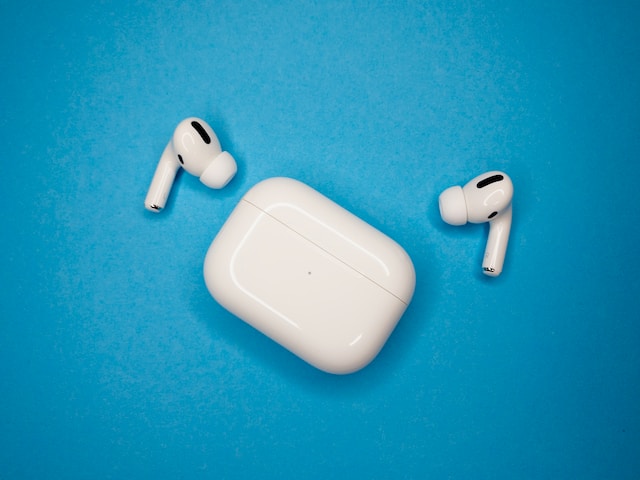There has been quite a buzz surrounding USB-C, charging rates, and data speeds, especially with the release of the iPhone 15, which shifted away from Apple’s proprietary Lightning cable. The AirPods Pro are also undergoing a refresh to adopt USB-C, but when it comes to charging my AirPods Pro, I find it’s best not to overthink it.
There are a couple of compelling reasons for this perspective.
Firstly, the charging case for the AirPods Pro boasts a battery capacity of 523 mAh. To put this in perspective, it’s six to eight times smaller than the iPhone 14 and falls within the same range as many other smartphones. This implies that you don’t need to unleash a torrent of electrons to fill up this relatively small “bucket” of a battery. In fact, doing so wouldn’t be advisable, as electronic devices have limits on the amount of current they can accept at any given time. Essentially, the size of the “electron hose” is restricted to prevent overloading the battery, potentially causing damage.
The second reason is the matter of convenience and practicality. You can charge the AirPods Pro case whether the AirPods themselves are in your ears or not, making it quite hassle-free. When the case needs charging, you simply do it.
It typically takes about an hour to fully charge, assuming you’ve let the case run down, which, for most users, is a rare occurrence. This is where wireless charging comes in handy. After my morning gym session, I place the case on a nearby wireless charger, and I don’t have to think about it until I need it again. While wireless charging may be a bit slower than plugging in, the difference is not significant. Since I rarely let the case’s battery deplete completely, it’s essentially always topped off.
The transition to USB-C for the AirPods Pro doesn’t change any of these advantages. It simply means that Lightning is one less cable to worry about, especially for users like me who rely on USB-C for charging all their other daily devices.
In conclusion, when it comes to charging AirPods Pro with USB-C, simplicity is key. There’s no need to overcomplicate the process, as the small battery capacity and the convenience of wireless charging make it a straightforward and efficient task. So, say goodbye to Lightning with confidence.










